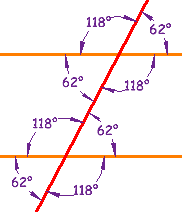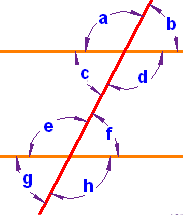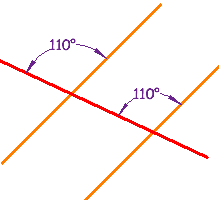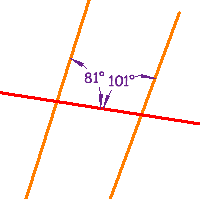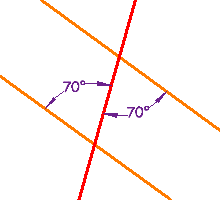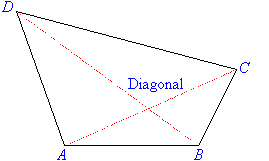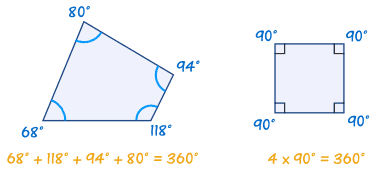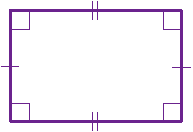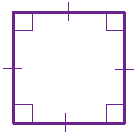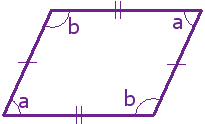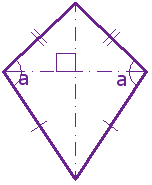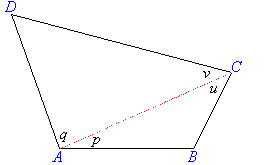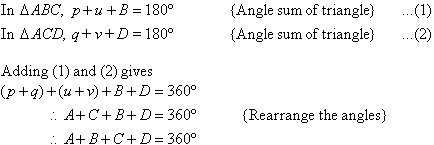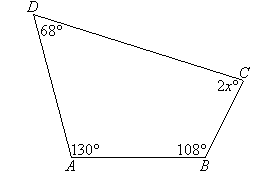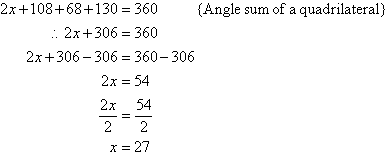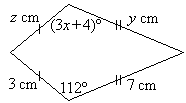On this page, we hope to clear up problems that you might have with proving triangles congruent. Triangles are one of the most used figures in geometry and beyond (engineering), so they are rather important to understand. Scroll down or click any of the links below to start understanding congruent triangles better!
Side-Side-Side
Angle-Side-Angle
Angle-Angle-Side
CPCTC (Corresponding Parts of Congruent Triangles are Congruent)
Quiz on Congruent Triangles
1. Problem: Is triangle PQR congruent to
triangle STV by SAS? Explain.
 Solution: Segment PQ is congruent
to segment ST because
PQ = ST = 4.
Angle Q is congruent to
angle T because
angle Q = angle T = 100 degrees.
Solution: Segment PQ is congruent
to segment ST because
PQ = ST = 4.
Angle Q is congruent to
angle T because
angle Q = angle T = 100 degrees.
 Solution: Segment QN is congruent to
segment QP and segment YN is
congruent to segment YP because that
information is given in the figure.
Segment YQ is congruent to segment
YQ by the Reflexive Property of Con-
gruence, which says any figure is
congruent to itself.
Triangle QYN is congruent to triangle
QYP by Side-Side-Side.
Solution: Segment QN is congruent to
segment QP and segment YN is
congruent to segment YP because that
information is given in the figure.
Segment YQ is congruent to segment
YQ by the Reflexive Property of Con-
gruence, which says any figure is
congruent to itself.
Triangle QYN is congruent to triangle
QYP by Side-Side-Side.
Back to Top 1. Problem: Show that triangle BAP is congruent to triangle CDP.

Solution: Angle A is congruent to angle D because they are both right angles. Segment AP is congruent to segment DP be- cause both have measures of 5. Angle BPA and angle CPD are congruent be-
cause vertical angles are congruent.
Triangle BAP is congruent to triangle CDP
by Angle-Side-Angle.
Back to Top 1. Problem: Show that triangle CAB is congruent
to triangle ZXY.
 Solution: Angle A and angle Y are congruent
because that information is given
in the figure.
Angle C is congruent to angle Z
because that information is given
in the figure.
Segment AB corresponds to segment XY and
they are congruent because that
information is given in the figure.
Triangle CAB is congruent to triangle ZXY
by Angle-Angle-Side.
Solution: Angle A and angle Y are congruent
because that information is given
in the figure.
Angle C is congruent to angle Z
because that information is given
in the figure.
Segment AB corresponds to segment XY and
they are congruent because that
information is given in the figure.
Triangle CAB is congruent to triangle ZXY
by Angle-Angle-Side.
Back to Top 1. Problem: Prove segment BC is congruent to
segment CE.
 Solution: First, you have to prove that triangle
CAB is congruent to triangle CED.
Angle A is congruent to angle D
because that information is given
in the figure.
Segment AC is congruent to segment CD
because that information is given
in the figure.
Angle BCA is congruent to angle DCE
because vertical angles are
congruent.
Triangle CAB is congruent to triangle CED
by Angle-Side-Angle.
Now that you know the triangles are
congruent, you know that all
corresponding parts must be congruent.
By CPCTC, segment BC
Solution: First, you have to prove that triangle
CAB is congruent to triangle CED.
Angle A is congruent to angle D
because that information is given
in the figure.
Segment AC is congruent to segment CD
because that information is given
in the figure.
Angle BCA is congruent to angle DCE
because vertical angles are
congruent.
Triangle CAB is congruent to triangle CED
by Angle-Side-Angle.
Now that you know the triangles are
congruent, you know that all
corresponding parts must be congruent.
By CPCTC, segment BC


